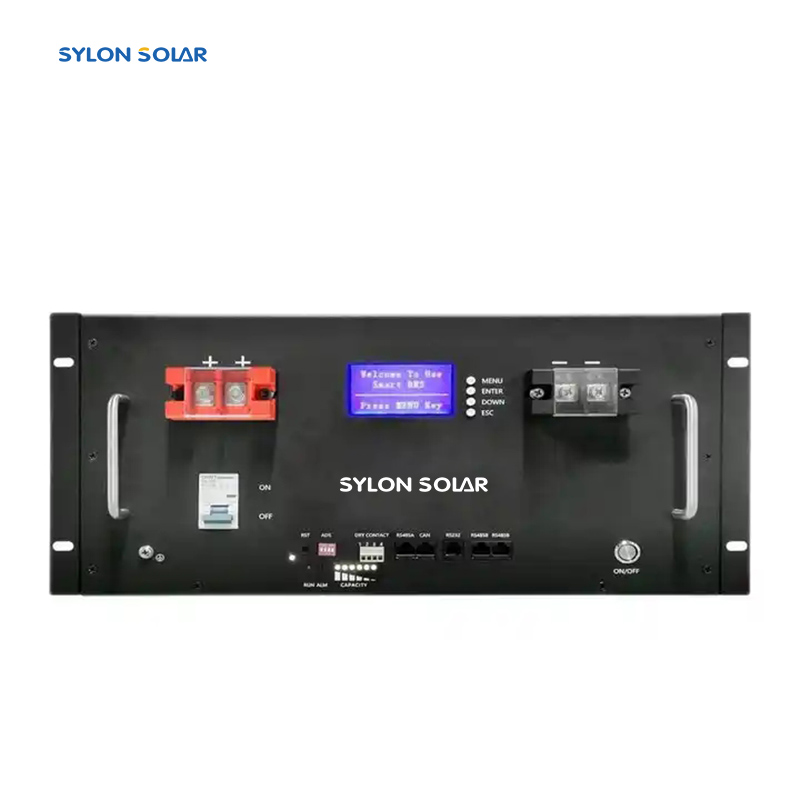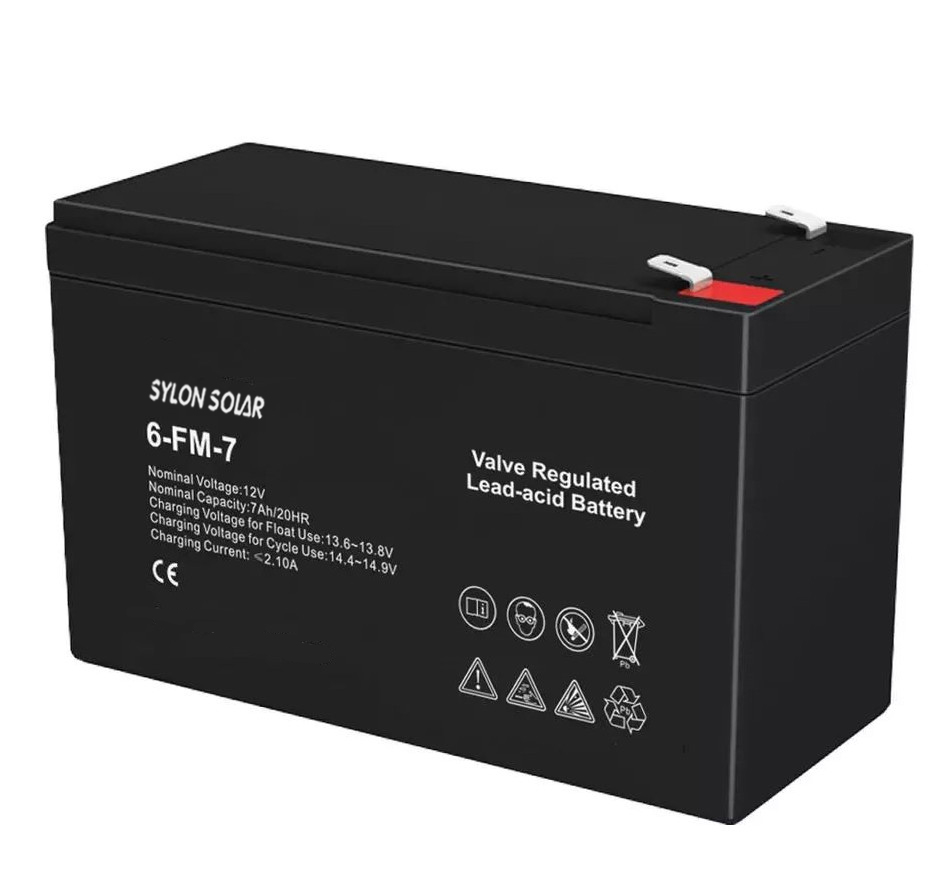1. Causes of Lithium Battery Fires
Lithium battery fires can be primarily attributed to a phenomenon known as thermal runaway. This complex process is influenced by three crucial factors: external short circuits, internal short circuits, and exposure to high temperatures.
2.Analysis of the Three Factors
External Short Circuit: Although lithium batteries are typically designed with safety mechanisms such as fuses and battery management systems (BMS) to withstand short-term high current surges and mitigate external short circuits, there is still a low but existing risk of damage due to an external short circuit. The probability of this occurrence is relatively low, but it remains a potential concern.
Internal Short Circuit: Internal short circuits are a result of various factors, including mishandling, battery abuse, or detrimental occurrences within the battery. For instance, dendrites can form due to overcharging, over-discharging, impurities, or dust during the battery production process. Over time, these dendrites can puncture the battery’s separator, leading to micro-short circuits. Thermal runaway is a consequence of the electrical energy released during this process, causing significant heat production and initiating chemical reactions.
External High Temperature: High temperatures can trigger decomposition reactions within lithium batteries due to their internal structure. The battery’s electrolytes react with the positive and negative electrodes, and if the battery separators melt and decompose, various reactions can release substantial heat. The cumulative effects of these reactions can lead to an internal short circuit, further increasing heat production. This can result in the rupture of the battery cell’s explosion-proof membrane, the release of electrolytes, and the potential for combustion and fires.
3. Ternary Lithium and Lithium Iron Phosphate-High-Temperature Safety
Ternary Lithium: Ternary lithium batteries exhibit impressive energy density and are often chosen for applications that require high power and extended usage. However, these batteries become problematic at temperatures exceeding 180 degrees Celsius. At these elevated temperatures, the ternary positive electrode begins to decompose and release a substantial amount of oxygen. This leads to an oxidation reaction with the solvent, causing the battery casing to swell, release heat, and potentially emit smoke. Once this chain reaction is initiated, it becomes challenging to suppress the fire. Even if a fire extinguisher is employed, the battery may continue to experience thermal runaway until its energy is depleted.
Lithium Iron Phosphate: Lithium iron phosphate batteries, on the other hand, are renowned for their exceptional thermal stability. They do not readily decompose, even at high temperatures or during overcharging. Generally, the positive electrode in these batteries will only decompose when exposed to ultra-high temperatures (around 700-800 degrees Celsius). Importantly, they do not release significant amounts of oxygen even in such extreme heat conditions. Consequently, lithium iron phosphate batteries are less prone to violent combustions and offer enhanced safety.
While ternary lithium batteries are often used in applications where high energy density and long-lasting power are essential, lithium iron phosphate batteries are favored in situations where stability and safety are paramount. For instance, recreational vehicles (RVs) benefit from the safety features of lithium iron phosphate batteries.
4.Extinguishing Lithium Battery Fires
In addition to understanding the causes of lithium battery fires, it is crucial to know how to extinguish them. Using dry powder fire extinguishers alone may not be sufficient because these fires burn from the inside out. While they can address surface fires, the internal temperature of the battery remains highly combustible and can reignite quickly.
Water is an effective solution for extinguishing these fires due to its permeability and cooling properties. To address internal fires, it is essential to rapidly flush the battery with a substantial volume of water and continue rinsing it to dissipate heat and prevent re-ignition. Water is highly effective in this regard.
Moreover, it’s worth noting that sand can also be employed to extinguish lithium battery fires and isolate oxygen.
If you have further questions or require additional information about lithium batteries or related topics, please don’t hesitate to contact us via email at howard@sylonsolar.com. We’re here to provide comprehensive insights and assistance.





